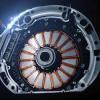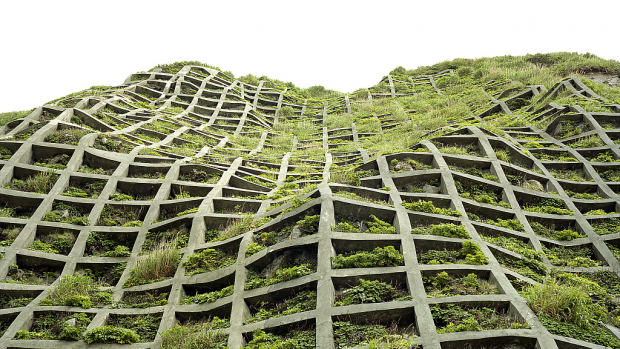
Breaking News
 "They are ALL dead... 1.8 Million of them killed in Ukraine" Col. Douglas MacGregor | Reda
"They are ALL dead... 1.8 Million of them killed in Ukraine" Col. Douglas MacGregor | Reda
 Hospital food proven bad scientifically – and may undermine health
Hospital food proven bad scientifically – and may undermine health
 Electron beam solves Teflon trash problem with super-efficient zaps
Electron beam solves Teflon trash problem with super-efficient zaps
 Sam Altman Again Claims AGI is Solved and Huge Norway and Other Data Center for Superintelligence
Sam Altman Again Claims AGI is Solved and Huge Norway and Other Data Center for Superintelligence
Top Tech News
 The mitochondria are more than just the "powerhouse of the cell" – they initiate immune...
The mitochondria are more than just the "powerhouse of the cell" – they initiate immune...
 Historic Aviation Engine Advance to Unlock Hypersonic Mach 10 Planes
Historic Aviation Engine Advance to Unlock Hypersonic Mach 10 Planes
 OpenAI CEO Sam Altman Pitches Eyeball-Scanning World ID to Bankers
OpenAI CEO Sam Altman Pitches Eyeball-Scanning World ID to Bankers
 New 3D-printed titanium alloy is stronger and cheaper than ever before
New 3D-printed titanium alloy is stronger and cheaper than ever before
 What is Unitree's new $6,000 humanoid robot good for?
What is Unitree's new $6,000 humanoid robot good for?
 "No CGI, No AI, Pure Engineering": Watch Raw Footage Of 'Star Wars'-Style Speeder
"No CGI, No AI, Pure Engineering": Watch Raw Footage Of 'Star Wars'-Style Speeder
 NASA's X-59 'quiet' supersonic jet rolls out for its 1st test drive (video)
NASA's X-59 'quiet' supersonic jet rolls out for its 1st test drive (video)
 Hypersonic SABRE engine reignited in Invictus Mach 5 spaceplane
Hypersonic SABRE engine reignited in Invictus Mach 5 spaceplane
 "World's most power dense" electric motor obliterates the field
"World's most power dense" electric motor obliterates the field
 The Wearables Trap: How the Government Plans to Monitor, Score, and Control You
The Wearables Trap: How the Government Plans to Monitor, Score, and Control You
Bricks Alive! Scientists Create Living Concrete

For centuries, builders have been making concrete roughly the same way: by mixing hard materials like sand with various binders, and hoping it stays fixed and rigid for a long time to come.
Now, an interdisciplinary team of researchers at the University of Colorado, Boulder, has created a rather different kind of concrete — one that is alive and can even reproduce.
Minerals in the new material are deposited not by chemistry but by cyanobacteria, a common class of microbes that capture energy through photosynthesis. The photosynthetic process absorbs carbon dioxide, in stark contrast to the production of regular concrete, which spews huge amounts of that greenhouse gas.
Photosynthetic bacteria also give the concrete another unusual feature: a green color. "It really does look like a Frankenstein material," said Wil Srubar, a structural engineer and the head of the research project. (The green color fades as the material dries.)




